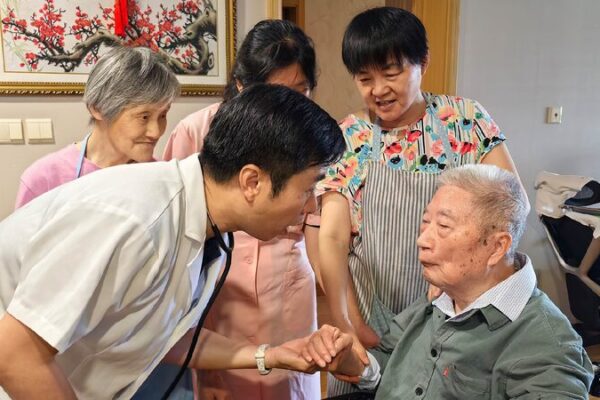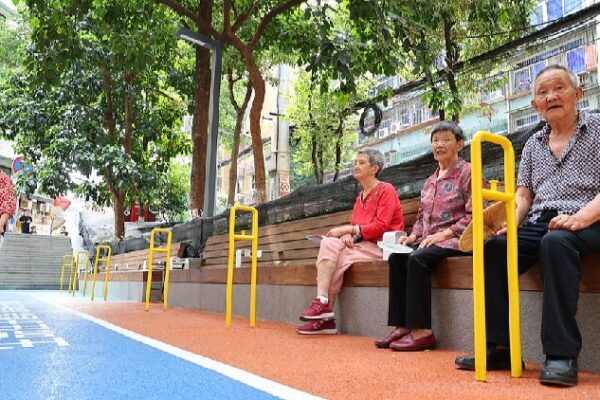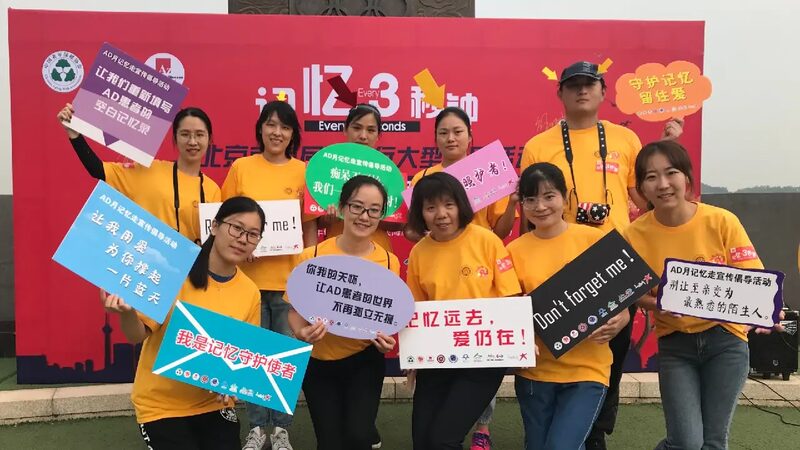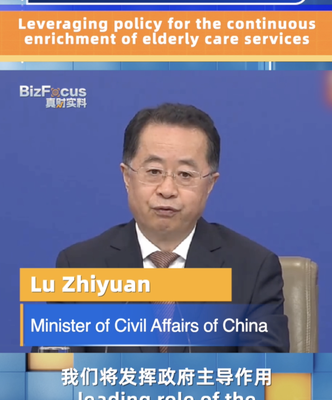In a significant move towards addressing the needs of an aging population, the International Electrotechnical Commission has released a global standard for elderly-care robots, with China leading the initiative. This standard aims to guide the healthy development of the elderly-care robotics industry worldwide.
The new guidelines provide technical benchmarks for product design, manufacturing, testing, and certification of elderly-care robots. According to a statement from the State Administration for Market Regulation released on Thursday, the standards focus on accessibility, reliability, energy efficiency, and noise control—key factors essential for the daily living and healthcare needs of the elderly.
Moreover, the standard outlines technical requirements for health monitoring services, communication support, activity assistance, and information and data management. These measures are expected to help manufacturers design products that accurately cater to the characteristics and needs of the elderly, enhancing the quality of robotic care and fostering new growth in the industry.
China’s proactive role in this development comes amid the country’s own challenges with an aging population. Recent data shows that by the end of 2024, the population aged 60 and above in the Chinese mainland is expected to reach 310 million, accounting for 22 percent of the total population. This figure is predicted to rise to 30 percent by 2035, with the elderly population exceeding 400 million.
In response, China has been issuing policies to encourage the development of smart elderly care solutions. The adoption of this international standard is seen as a pivotal step in addressing the growing demand for effective elderly care, not just in China but globally.
Reference(s):
China leads global effort with int'l standard for elderly-care robots
cgtn.com








